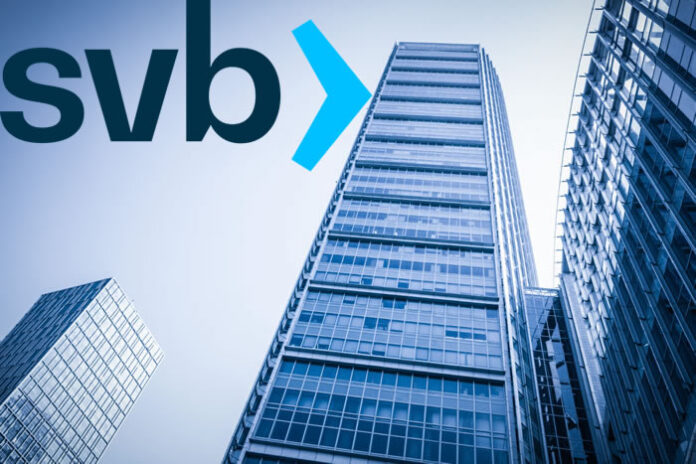On March 10, Silicon Valley Bank (SVB) failed, marking the biggest U.S. bank failure since 2008. This sent a shudder of anxiety across markets, wiping out more than $100 billion in market value for U.S. banks in two days. Prior to the collapse, documents show that the CEO of SVB, Greg Becker, sold $3.6 million in shares of the bank’s parent company several weeks before its collapse. The announcement of the bank’s scramble to raise capital after reporting a $1.8 billion loss sent SVB stock plunging, wiping out $9.4 billion in market value and sparking fears of contagion. The FDIC, which has a mandate to protect depositors in case of bank failure and insure their deposits up to a coverage limit of $250,000, was appointed as receiver. SVB had approximately $209.0 billion in total assets and roughly $175.4 billion in total deposits as of Dec. 31, 2022. So what’s next with Silicon Valley Bank demise?
Silicon Valley Bank Demise
The sequence of events that led to SVB’s rapid collapse include it selling U.S. Treasuries to lock in funding costs due to expectations of higher interest rates. Faced with persistently high inflation, the Federal Reserve has hiked interest rates rapidly and officials have warned of further tightening ahead. Several days before SVB failed, FDIC Chairman Martin Gruenberg warned bankers gathered in Washington that financial institutions face higher levels of unrealized losses, as the Fed’s rapid interest rate increases have driven down the value of longer-term securities. Gruenberg said, “The good news about this issue is that banks are generally in a strong financial condition … On the other hand, unrealized losses weaken a bank’s future ability to meet unexpected liquidity needs.” Gruenberg’s remarks came three days before SVB announced it was looking to raise capital.
Experts suggest that any ripple effects in the rest of the banking sector are likely to be limited. This is partly because bigger banks have more diverse portfolios and depositors than SVB, which was highly reliant on the startup sector. David Trainer, CEO of New Constructs, an investment research firm, said, “We do not believe there is contagion risk for the rest of the banking sector. The deposit base from the major banks is much more diversified than SVB and the big banks are in good financial health.” However, Sheila Bair, who helmed the FDIC during the global financial crisis, told Reuters in an interview that bank regulators are likely now turning their attention to other banks that may have high amounts of uninsured deposits and unrealized losses, two factors that contributed to SVB’s quick failure. The Silicon Valley Bank demise could still lead to other actions or possible ripple effects.
Change in Regulations
Silicon Valley Bank’s demise could lead to calls for tougher regulation. The rapid rise of the Fed’s interest rates and SVB’s dependency on the startup sector are seen as contributing factors. The CEO’s selling of shares prior to the bank’s collapse also raises questions, though it was in accordance with a trading plan filed on Jan. 26. The speed of SVB’s crash stunned observers and blindsided markets, but experts suggest that the effects on the rest of the banking sector are likely to be limited.
SVB’s collapse is a sobering reminder of the risks inherent in the banking sector. Financial institutions face higher levels of unrealized losses due to the rapid interest rate increases by the Fed, and banks with high amounts of uninsured deposits and unrealized losses are likely to face scrutiny. The bigger banks in the U.S. are in good financial health, but the collapse of SVB could lead to calls for tougher regulation. While SVB’s collapse may not have an immediate impact on the rest of the banking sector, it serves as a cautionary tale and a reminder that risks always exist in the financial world.
Our Thoughts
With the Silicon Valley Bank demise, we expect to see a few more banks start to fall into crisis over the coming weeks. Let’s just not hope this is a bigger “domino” effect across the banking industry. The question posed here is – Where are the regulators when red flags are apparent early on? This just reflects either a lack of interest, oversight or maybe part of the bigger Wall Street plan? There should also be calls in to the CEO selling a bunch of shares prior to the bank collapse. Stay tuned here for more updates.














